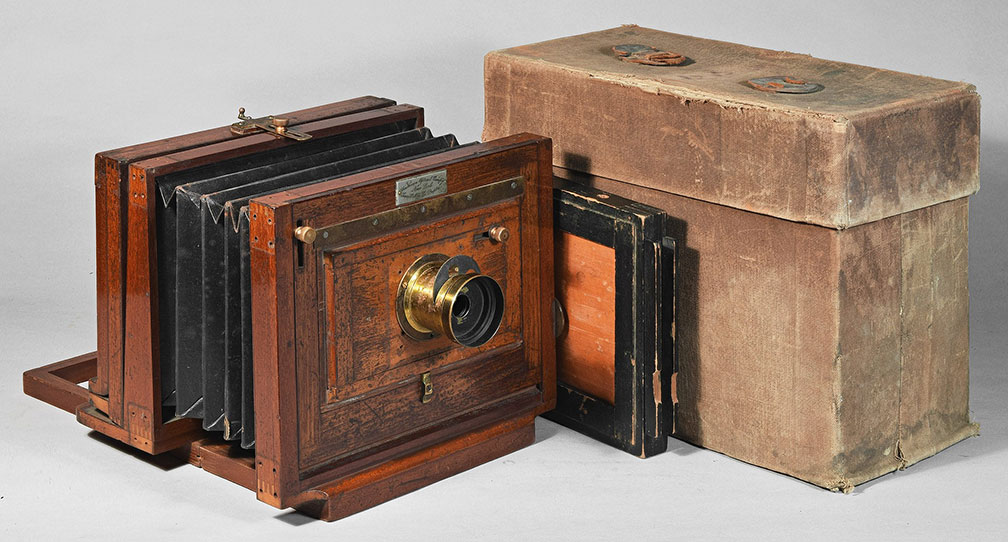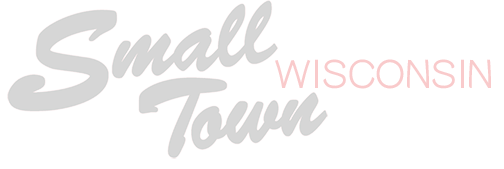
Many Studio photos taken in the late 1800s used glass plate negatives.
I was “volunteered” to make the glass plates in a dark room, from a pharmacist’s view not that complicated. I floated a collodion solution over the glass plate. That got hung to dry. From there (still in the dark room) the glass plate goes into the holder. We used a “holder” that had on each side of a partition held a glass plate. In front of the glass plate was a stiff cardboard covering the plate. A clip on each of the top of the frame side held that together. The photographer threw the black “tarp” covering sides, front and back of the camera. He then turned the two clips. That allowed him to pull the cardboard off from one side.
By then the subject that we were going to “photograph” was in place. Now it gets into art form as shutters did not exist. The tarp gets flipped up. The cap covering the lens was removed. On a bright day the cap was off for 75 seconds. On a cloudy day the lens was off for 1.5 minutes. Another guy was timing the “exposure” as we quibbled on time — a judgement call.
From there the lens cap went back on. Replace the cardboard. The entire frame came out — rotate and back into the camera ready for the next “shoot”. After the shoot was done the frame went to the wet lab for developing — another art form.
There is another way to expose the glass plate. In a one foot long “board” with a “v” groove pour black gun powder. The lens cap comes off. Light one end of the gun powder. Presto — a flash. Put the cap back one. It works. The down side — small cloud of nasty smoke. Beyond that black gun power is usually stable.
